Are you considering to invest in stainless steel production or want to upgrade your current manufacturing process? This complete guide is for you.
We will explore the different steps of stainless steel manufacturing process from raw material sourcing to final quality inspection. You will gain expert level knowledge into cutting-edge technologies, regulation and industry challenges.
Let’s start.
What is Stainless Steel?
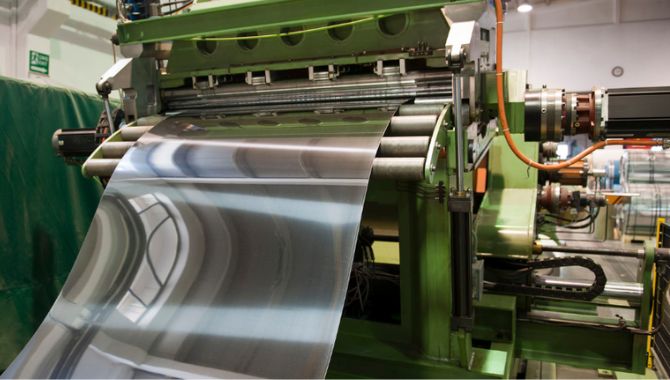
Stainless steel is an iron-based alloy with at least 10.5% chromium which forms a protective chromium-oxide layer. This corrosion-resistant material has four main types: austenitic, duplex, martensitic and ferritic. Each type has special properties for particular applications. The composition of stainless steel changes depending on the type.
Stainless steel provides great corrosion resistance, durability and heat tolerance. Its strength-to-weight ratio makes it perfect for construction, aerospace and automotive industries. You will find it in industrial machinery, kitchen appliances and medical equipment which show its versatility in different industries.
Pre-Production Process
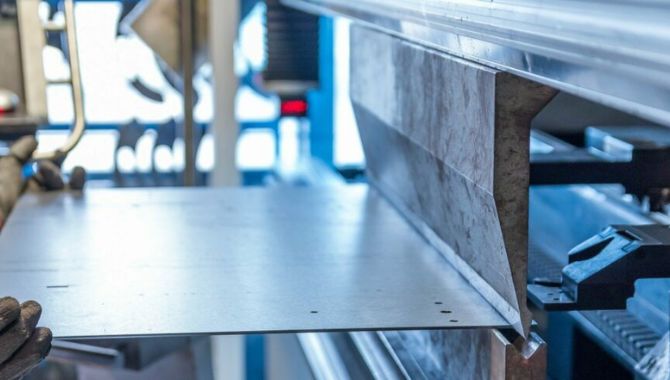
Sourcing Stainless Steel Raw Materials
The foundation of high-quality stainless steel starts with its raw materials. Iron ore, usually magnetite (Fe3O4) or hematite (Fe2O3) is the base. Chromium which is important for corrosion protection is added at 10.5-30% by weight. Nickel which increases strength and formability is comprised at 2-22%. Other important alloying elements include:
| Element | Purpose | Typical % |
| Molybdenum | Improves pitting resistance | 0-7% |
| Manganese | Enhances hot workability | 0-2% |
| Silicon | Improves oxidation resistance | 0-1% |
| Nitrogen | Increases strength and corrosion resistance | 0-0.2% |
To get these materials from trustworthy suppliers means consistent quality in your final product.
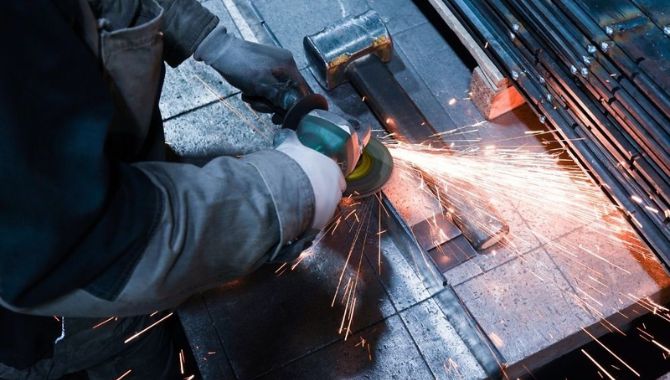
Raw Material Quality Check
To make sure of raw material purity is important to produce high-quality stainless steel. You will need to use strict testing methods to confirm material properties and composition. X-ray fluorescence (XRF) spectroscopy is broadly used which provides 99.99% accuracy in elemental analysis. Optical emission spectroscopy (OES) allows rapid on-site testing with 95-98% accuracy.
For physical properties, hardness testing (ASTM E18) and tensile testing (ASTM E8) are standard. Chemical analysis methods like ICP-OES acquire detection limits as low as 0.1 ppm for trace elements. To implement these tests means that your raw materials satisfy industry standards which directly affects the final product quality.
How to Manufacture Stainless Steel: A Step-by-Step Guide

Now that we have discussed the raw materials, let’s get into the manufacturing process which starts with the melting stage.
Melting: The First Step
Melting is a very important and first step in stainless steel production. This process involves heating raw materials to their liquid state which usually uses an Electric Arc Furnace (EAF). The EAF reaches temperatures of 1,500-1,600°C that melt alloying elements and scrap metal.
During melting, accurate composition and temperature control are very important. Manufacturers carefully monitor and adjust the mixture to get the required stainless steel grade. This process takes about 40 to 60 minutes for a normal 100-ton batch.
Decarbonization
Decarbonization is an important step in stainless steel production after the melting process. This stage removes extra carbon from the molten metal to make sure that the final product meets desired specifications. The process typically uses oxygen injection to oxidize the carbon into carbon monoxide gas.
In modern facilities, argon-oxygen decarburization (AOD) is commonly used. This method involves blowing a mixture of argon and oxygen through the molten steel which allows precise control of the carbon content. AOD method can lower carbon levels to 0.01% which is important to produce high-quality stainless steel grades.
Casting
Casting is a process that solidifies molten stainless steel into semi-finished forms. The most common method is continuous casting, where molten steel flows into a water-cooled copper mold. As the steel passes through the mold, it hardens from the outside in which forms a continuous strand.
This strand is then cut into desired lengths which are usually 20-30 feet by using oxygen torches. Casting is important for acquiring the desired properties and microstructure of the stainless steel. Modern continuous casting machines can produce up to 150 tons per hour with strand thicknesses ranging from 50mm to 400mm.
Forming
Forming is the process of shaping stainless steel into desired configurations. This stage often uses techniques like forging, extrusion and drawing. In forging, heated steel is compressed between dies which makes complex shapes with better strength. Extrusion forces steel through a die to get long and uniform cross-sections.
Drawing pulls steel through progressively smaller dies to decrease its diameter and increase length. These processes can acquire tolerances as tight as ±0.05mm. The forming method depends on final product requirements with each providing special pros for strength, cost and precision.
What are the Post-Production Processes for Stainless Steel?
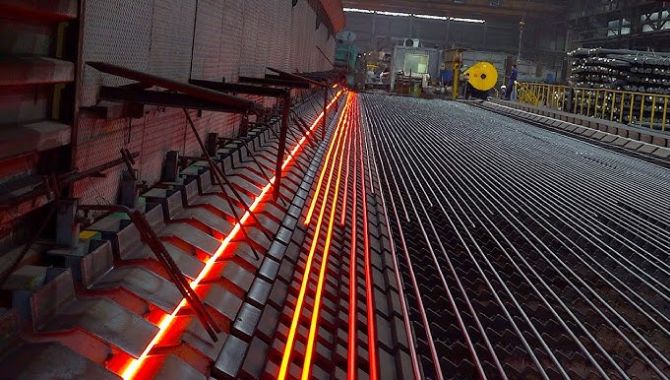
After the main manufacturing steps, stainless steel goes through many important post-production processes to make its appearance and properties better. Let’s examine hot rolling first which is a basic step in shaping the material.
Hot Rolling
Hot rolling occurs at temperatures above the recrystallization point of steel which is usually 900-1200°C. You will pass the steel through a series of rollers to decrease thickness up to 90%. This process improves mechanical properties and grain structure. Rolling speeds range from 10-100 m/min which depends on the product. The final thickness tolerance can be as tight as ±0.1mm which meets ASTM A480 standards.
Cold Rolling
After hot rolling, cold rolling additionally refines the properties of stainless steel. This process takes place below the recrystallization temperature usually at room temperature. You will pass the steel through rollers which reduce its thickness by up to 50%. Cold rolling increases strength by up to 20-40% and improves surface finish to Ra 0.1-0.4 μm. The process acquires tight dimensional tolerances of ±0.013mm which exceeds hot rolling precision. Cold-rolled stainless steel shows better formability and a brighter appearance which is perfect for precision applications.
Heat Treatment
Heat treatment is important for optimizing properties of stainless steel, after the cold rolling process. The annealing process means heating the steel to 1010-1150°C for 2 to 4 hours which is followed by rapid cooling. This relieves internal stresses, increases corrosion resistance and improves ductility. For austenitic grades, you will acquire a yield strength of 205-310 MPa. Solution annealing at 1050-1150°C for 30 to 60 minutes guarantees best chromium distribution which maximizes corrosion resistance.
Descaling
High temperatures of heat treatment inevitably lead to oxide formation which further leads to the next step descaling.
This important step involves removing surface oxides which guarantees best appearance and corrosion resistance. Mechanical descaling uses abrasive blasting or grinding to acquire 0.2-0.8 μm Ra surface roughness. On the other hand, chemical descaling with acid mixtures (10-15% HNO3 + 1-3% HF) dissolves oxides in 5 to 15 minutes at 60 to 70°C. Choose your method based on steel grade and desired finish.
Cutting
Now that the steel is clean and treated, it is time to shape it to your specifications.
Cutting stainless steel requires precision and the right technique. Laser cutting, with its ±0.1mm accuracy, is best for intricate designs. Plasma cutting at temperatures of 30,000°C is suitable for thicker materials up to 160mm. Water jet cutting which uses pressure up to 60,000 psi, provides a heat-free alternative for temperature-sensitive applications. Stamping can process up to 1,500 parts per minute for mass production.
Each method balances speed, cost-effectiveness and accuracy to guarantee the perfect cut for your project.
Surface Finishing
After cutting, your stainless steel parts are ready for their final touch with surface finishing. This process improves both functionality and appearance.
Polishing by using abrasives with grit sizes from 60 to 3000 can acquire mirror-like finishes with Ra values as low as 0.01μm. Brushing creates a uniform and satin finish with Ra values between 0.2-1.0μm. Electropolishing by removing 20-40μm of surface material increases corrosion resistance by up to 30%. Bead blasting uses glass beads at pressures of 2 to 7 bar. Due to this, it produces a matte finish with Ra values of 0.8-1.6μm.
Choose your finishing method based on the desired appearance, hygiene requirements and corrosion resistance of your application.
Quality Inspection
With the surface perfected, it is very important to check the quality of stainless steel before shipment. The process of quality inspection makes sure your product meets industry standards.
Non-destructive testing methods like ultrasonic testing (UT) can detect internal flaws as small as 0.1mm. X-ray fluorescence (XRF) analysis confirms material composition with 99.99% accuracy. Mechanical testing which includes tensile tests measures strength up to 1,000 MPa. Corrosion resistance is evaluated using salt spray tests that last 1000 hours. Dimensional checks using coordinate measuring machines (CMMs) acquire accuracies of ±0.001mm.
These thorough tests make sure that your stainless steel meets EN, ASTM or JIS standards which guarantees high-quality for your applications.
Challenges in Stainless Steel Manufacturing
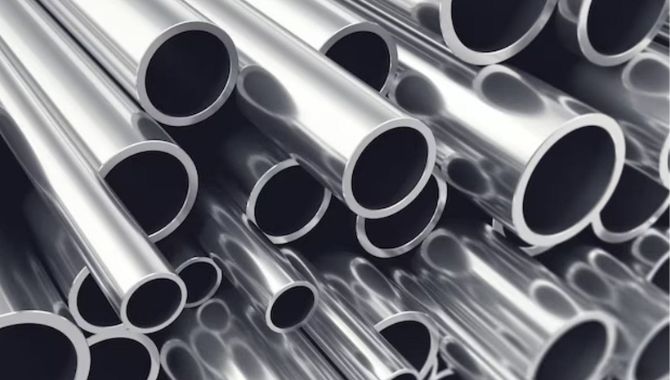
As we tackle the complexities of manufacturing in stainless steel, it is important to address the barriers that shape the situation of the industry.
Technological and Economic Challenges
Stainless steel manufacturing faces significant obstacles. Fluctuations in chromium and nickel prices significantly impact profitability due to their effect on raw material costs. To mitigate this, some manufacturers search for alternative alloy compositions. Quality control remains important because even small defects can cause corrosion problems. Strict process controls and advanced testing methods help to maintain high standards.
Energy consumption in production is another major challenge. B y using heat recovery systems and energy-efficient furnaces can reduce the impact on the environment and can decrease its costs. Moreover, global competition pressures manufacturers to constantly innovate. It makes them invest in automation and precision manufacturing tech.
Regulatory and Environmental Pressures
Regulatory challenges in stainless steel manufacturing are getting intense. You have to handle complicated emissions standards. For example, the EU’s Industrial Emissions Directive mandates strict limits on pollutants. To comply, consider investing in advanced air cleaning systems and continuous emissions tracking. Moreover, REACH regulations demand complete documentation of all chemical substances used which requires strong tracking systems throughout your supply chain.
Environmental pressures are equally tough as regulations. Water use is important because stainless steel production uses it a lot. Implement closed-loop water systems and advanced treatment technologies to reduce freshwater intake and decrease wastewater discharge.
Conclusion
Making stainless steel is a complex process as it requires very strict quality control, precise material selection and advanced technology. Each step from melting to surface finishing requires attention to detail and expertise as well. As the industry faces technological, environmental and economic obstacles, sustainability and innovation remain important. By knowing these processes, you can make better choices in your stainless steel work.
Looking for a custom stainless steel part? KDM Fabrications has got you covered. Our skilled team will collaborate with you to craft the very product that matches your exact needs.




